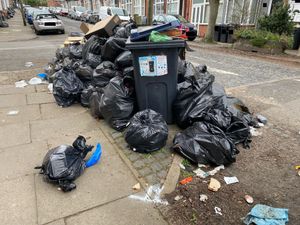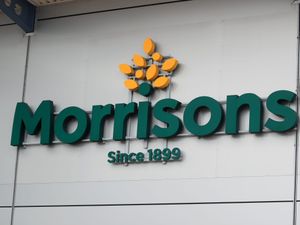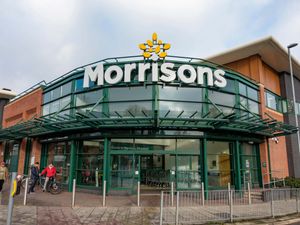Deputy leader addresses Birmingham recycling rate controversy
A suggestion Birmingham is “kidding” itself about its recycling rate was addressed by the city council’s deputy leader.

Deputy council leader Councillor Brigid Jones answered queries about the inclusion of a by-product from burning waste at Tyseley incinerator in the city’s recycling figure.
Birmingham City Council’s own figure for recycling is markedly different from the Government figure for the city.
The Department for Environment, Food and Rural Affairs (Defra) stated the council’s recycling rate for 2018/19 was 22 per cent, one of the lowest rates of any local authorities in England.
But city council documents state its own figure for the same year was 38.9 per cent, falling slightly to 37.8 per cent last year.
The council leadership has previously been challenged for including bottom ash from the incinerator at Tyseley Energy Recovery Facility (ERF) among its recycling figures.
The incinerator currently takes around 350,000 tonnes of city waste per year, which is burned at high temperatures leaving behind substances including bottom ash.
Once deemed environmentally safe, the material can be used in road, pavement and building construction but is not classified as recycled material by Defra for local authority rates.
At the same time, material recovered from bottom ash is in fact included in Defra’s calculation for the recycling rate of England as a whole.
Controversial
The incinerator at Tyseley ERF is currently subject to a procurement process intended to see it used until at least 2034, which has been controversial with backbench councillors and environmental groups.
Councillor Liz Clements asked during a previous meeting of the city council’s co-ordinating overview and scrutiny committee: “We need to not be kidding ourselves about how much is actually being recycled in this city.
“That’s a major concern and we have a moment now when we can look for a whole system change in the way we arrange disposal and recycling so I think we need to do some work there.
“The inclusion of bottom ash is masking really dire performance there.”
The answer from the deputy leader to Councillor Clements’ point was deferred to today’s meeting due to time restraints.
Councillor Jones said: “In Birmingham, we incinerate waste – that creates bottom ash which is the aggregate at the bottom.
“It isn’t put into landfill; in the main that is used as aggregate for roads and other construction projects so there is an element of recycling in that.
“In areas that don’t use incinerators and use landfill, all that stuff would end up in landfill usually.
“I do believe it is a form of recycling, because it is taking material and using it again for another purpose and not using it to be an ongoing environmental hazard.”
Detail
Councillor Jones said in future, the council would disaggregate bottom ash recycling and non-bottom ash recycling in its reports.
A Defra spokesperson said bottom ash is not included in its calculations for recycling rates for local authorities.
This is because data is not available at local level on levels of recyclable material recovered from bottom ash, they said.
The spokesman said: “Defra does not include incinerator bottom ash in recycling figures, as it is not classed as a recycled material.
“It remains a waste product and can only be used under particular conditions, such as a waste permit.
“In order to be counted, it would have to be demonstrated that incinerator bottom ash has reached its end of waste status, and does not present a risk to human health or the environment.
“Metals can be recovered from incinerator bottom ash and can be recycled into products – these are counted in recycling figures for England.
“They are not included at local authority level as the data is not available to that level of detail.”





